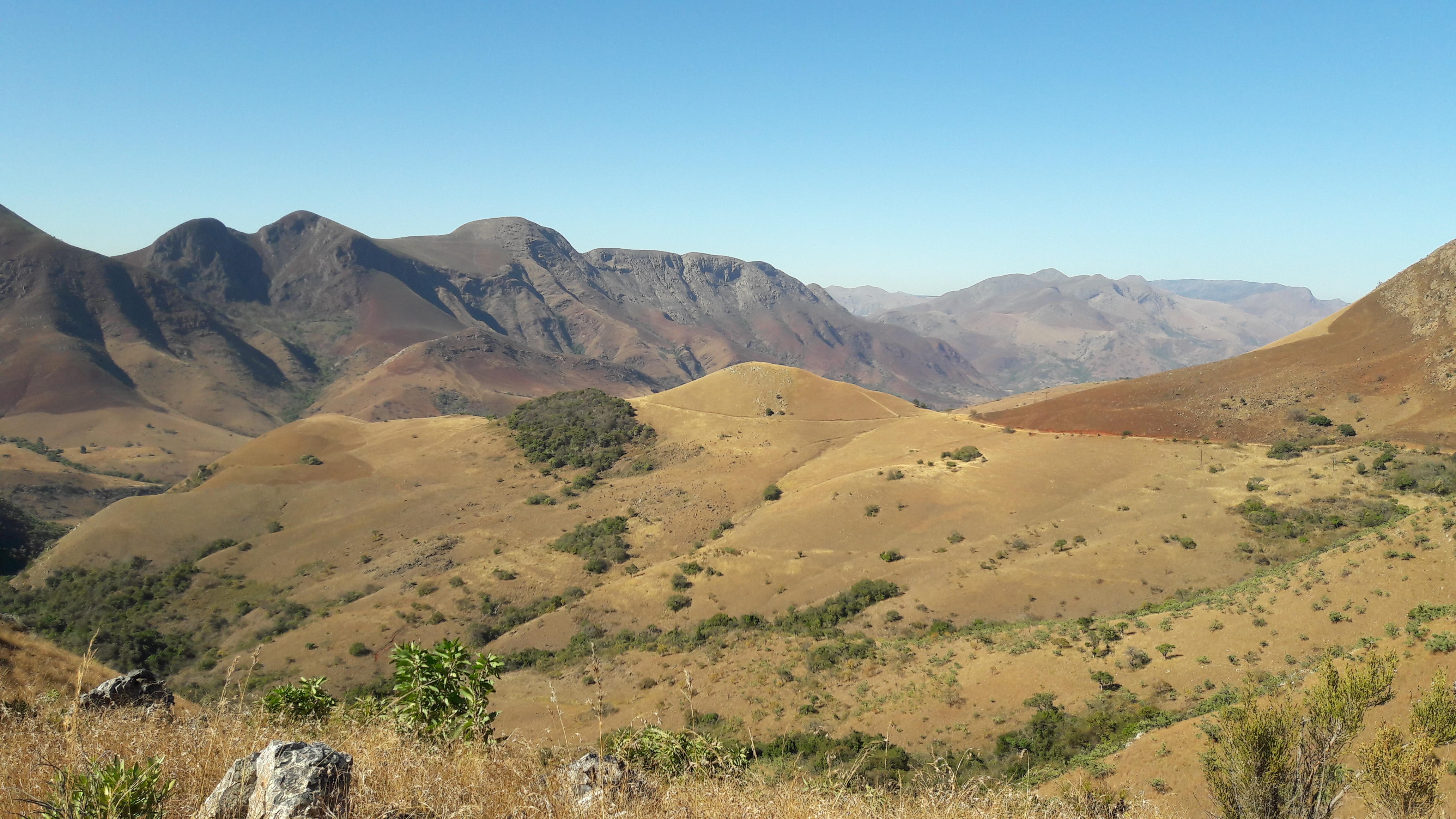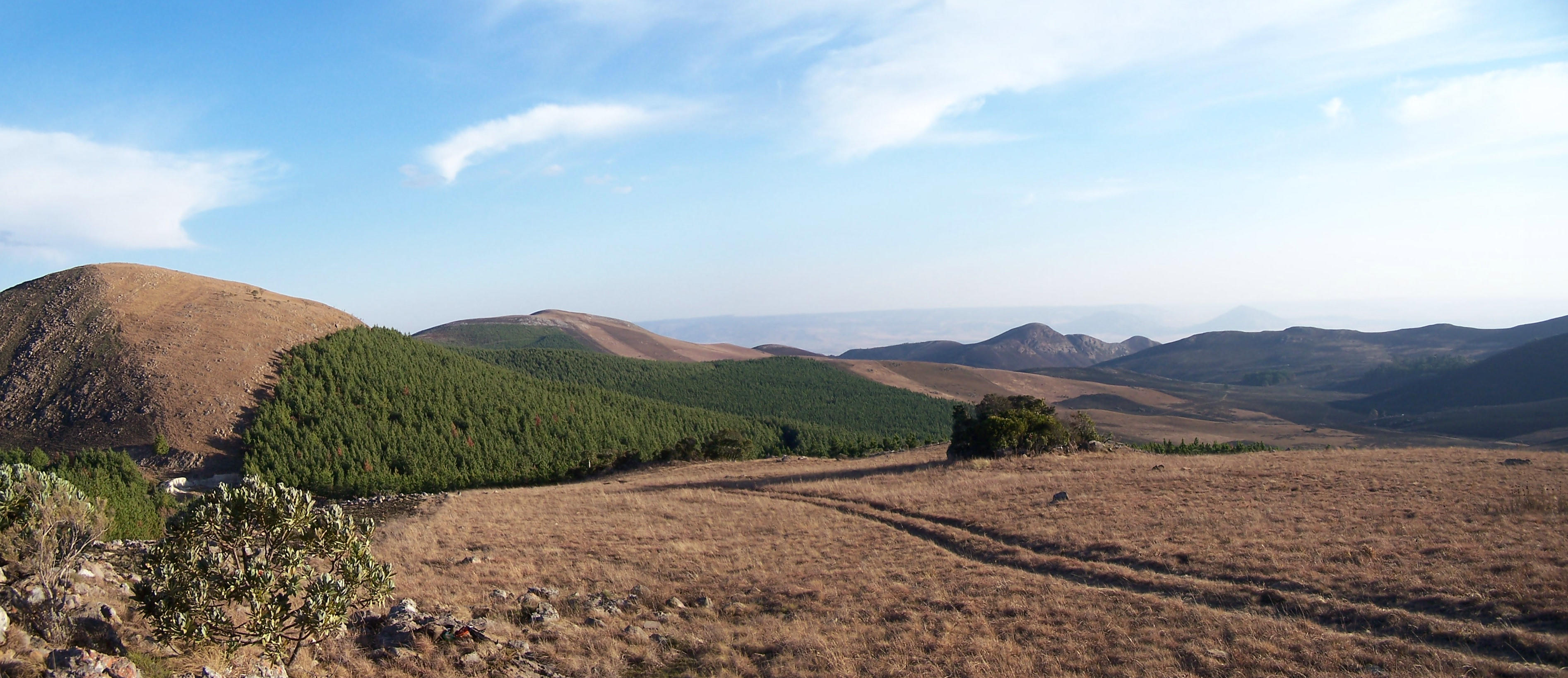Life on Land Began 300 Million Years Earlier Than Previously Thought
Geologists Found Traces of Microorganisms in Rock Layer Several Billions of Years Old / Findings Published in "Geology"
№ 389/2016 from Nov 11, 2016
According to a recent study, life on Earth took hold on land at least 3.2 billion years ago – 300 million years earlier than previously thought. Scientists at Freie Universität Berlin, the German GeoForschungsZentrum (GFZ) in Potsdam, and Friedrich-Schiller-Universität Jena found traces of microorganisms indicating that there were living organisms outside the oceans earlier than previously believed. The team led by geologist Sami Nabhan from Freie Universität Berlin investigated ancient rock formations in South Africa. The findings were published in the journal Geology.
The rocks of the Barberton Greenstone Belt are among the oldest known rocks on the planet. They are up to 3.5 billion years old. In a layer that has been dated at 3.22 billion years old, the scientists found tiny grains of the mineral pyrite, an iron sulfide. The granules show clear signs of influence by microorganisms, including the distribution of trace elements as well as the ratio of the sulfur isotopes 34S and 32S in the pyrite.
The specific isotope ratios were determined through an analysis in a laboratory of the GFZ. The necessary prerequisites for the analysis were provided by scientists from the Institute of Geological Sciences at Freie Universität Berlin: They mapped the various elements of the pyrite grains to characterize the chemical composition of the mineral. This work was done by Sami Nabhan and Ralf Milke of Freie Universität using an electron probe micro-analyzer. The selected samples were then examined in the GFZ laboratory in Potsdam.
The composition of the rock, the shape of the crystals, and the layering visible in the field all indicate that the studied rock sequence was derived from an ancient soil profile. This so-called paleosol developed on a river flood plain more than 3 billion years ago.
The river transported sediments containing iron sulfides and deposited them in the plane. The data collected imply that microorganisms lived in a soil zone that was alternately moist and dry, causing distinctive overgrowths on the pyrite crystals. "This indicates that there was terrestrial life outside of the oceans at least 3.2 billion years ago – about 300 million years earlier than previously believed," says Sami Nabhan, who currently does research and teaches at Friedrich-Schiller-Universität Jena, a position he has held since May 2016.
Original Publication: Sami Nabhan, Michael Wiedenbeck, Ralf Milke, and Christoph Heubeck: Biogenic overgrowth on detrital pyrite in ca. 3.2 Ga Archean paleosols. In: Geology, vol. 44, No. 9 (DOI: 10.1130/G38090.1)
Press Photos
Free for journalists, provided due credit is given to Sami Nabhan.
Caption for both photos:
The hills of the Barberton Greenstone Belt are composed of rocks that are up to 3.5 billion years old. Where today there is grassland, about 3.2 billion years ago there was a braided river system. Microorganisms lived in the sediments of the river beds.
Further Information
- Dipl.-Geol. Sami Nabhan, Friedrich-Schiller-Universität Jena, Institut für Geowissenschaften, Tel.: +49 3641 948 634, Email: sami.nabhan@uni-jena.de (While doing the research for this study, he was at the Institute of Geological Sciences, Freie Universität Berlin.)


